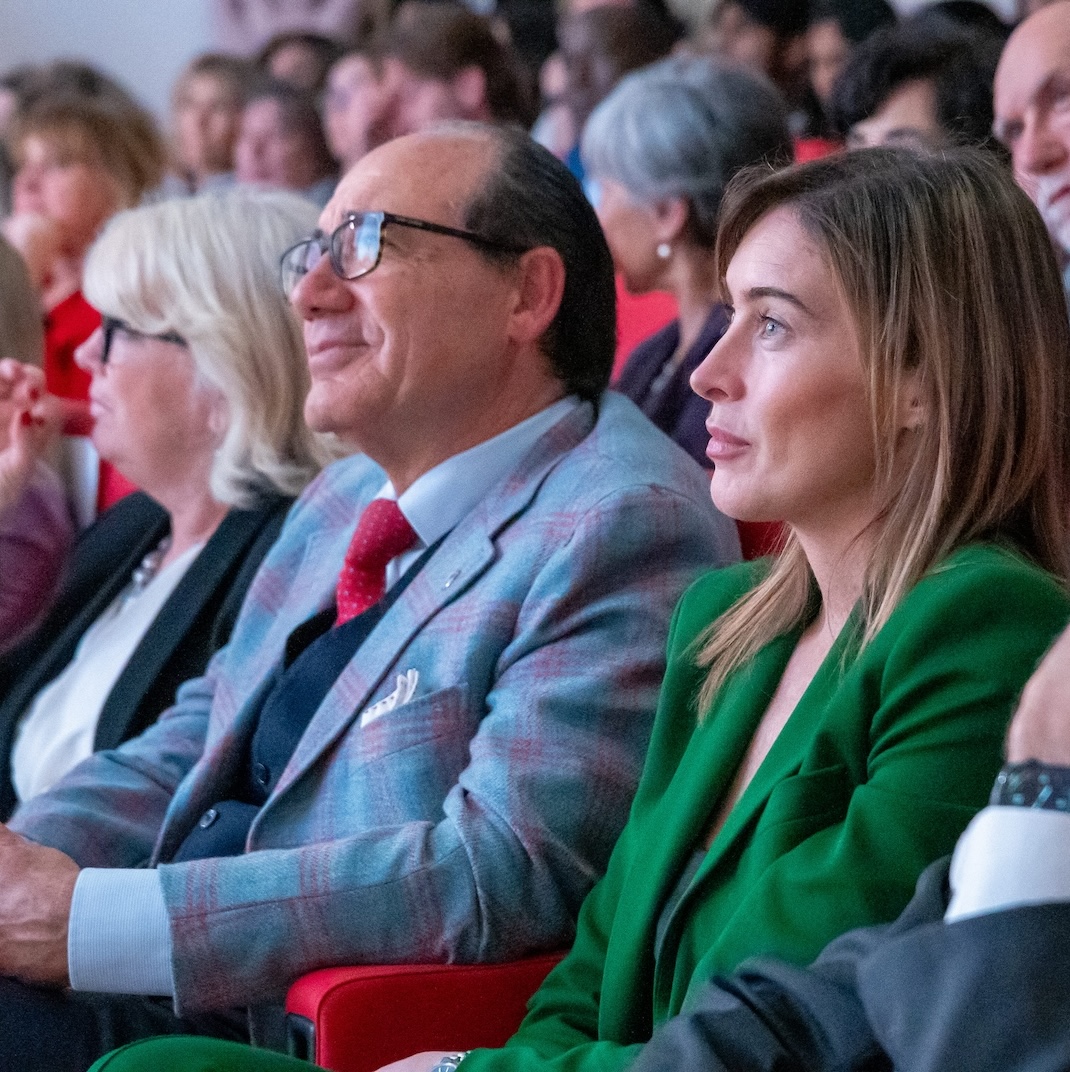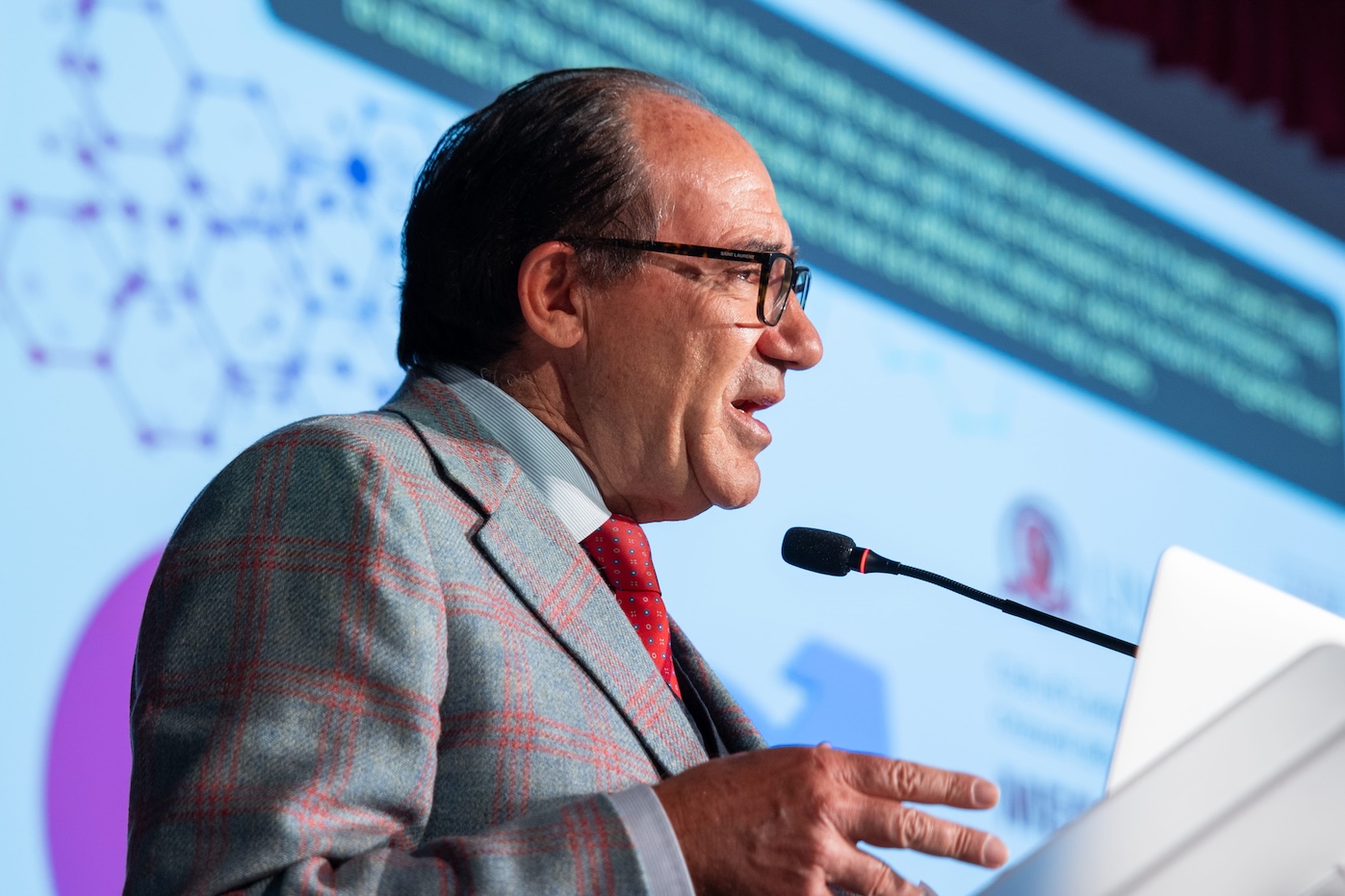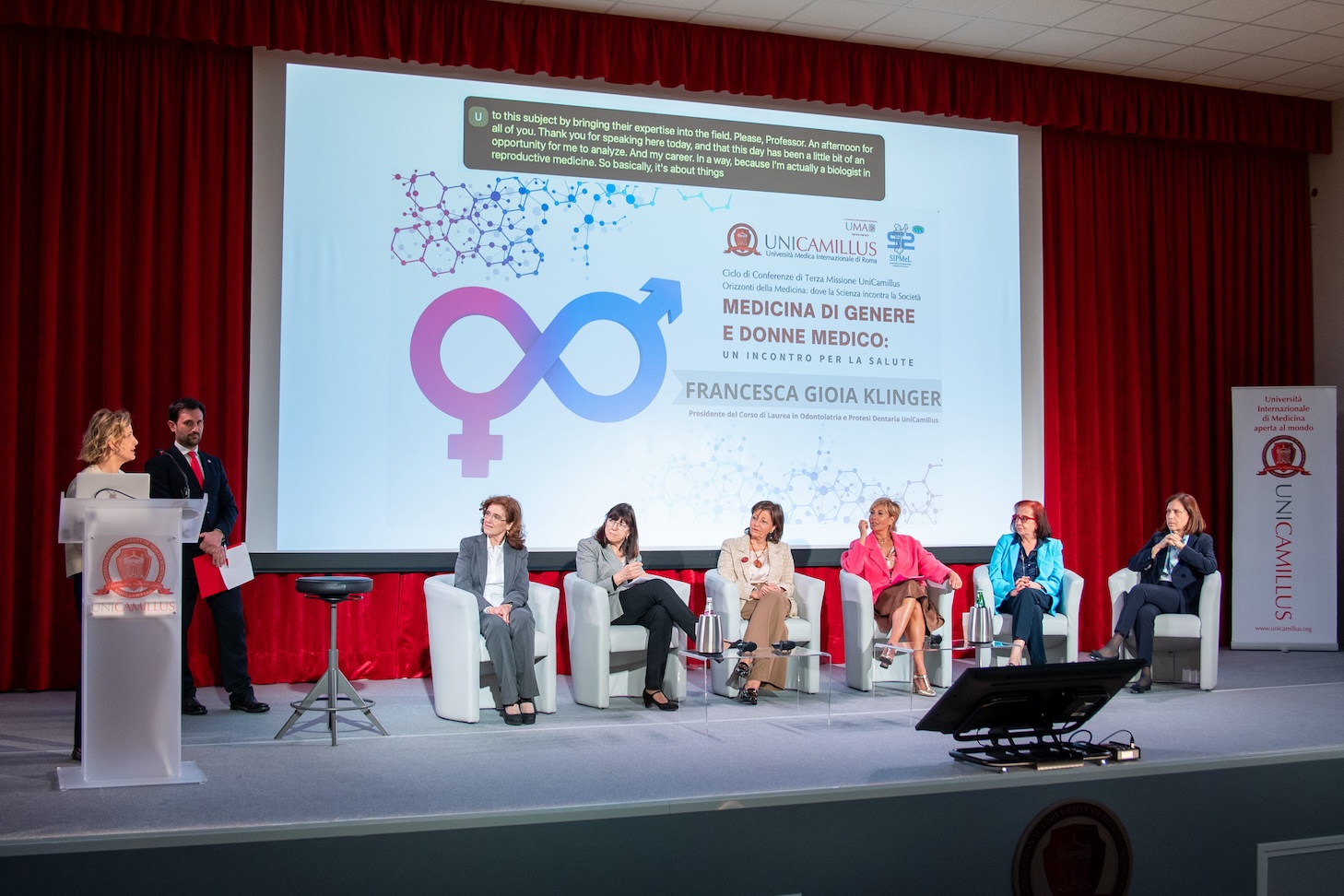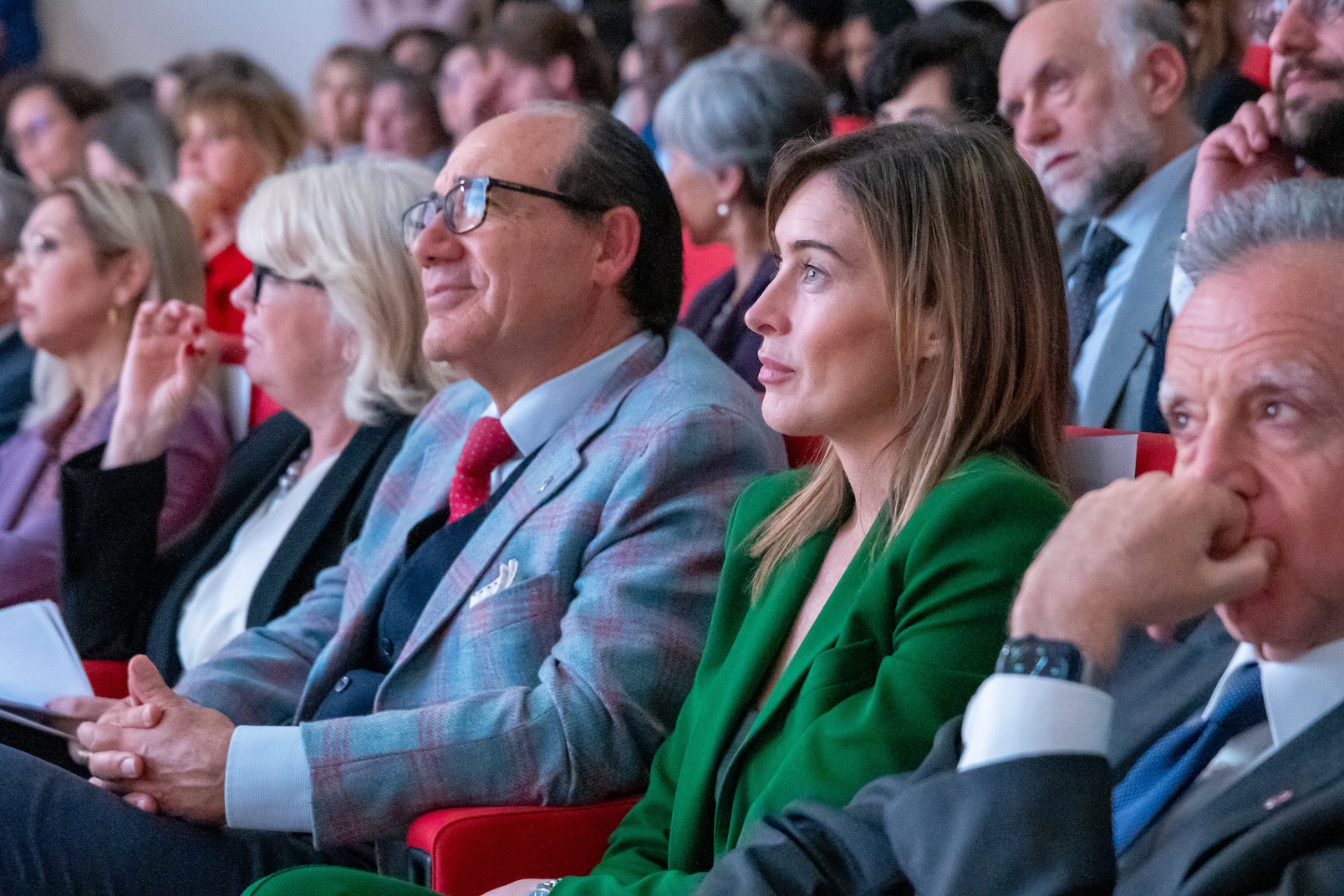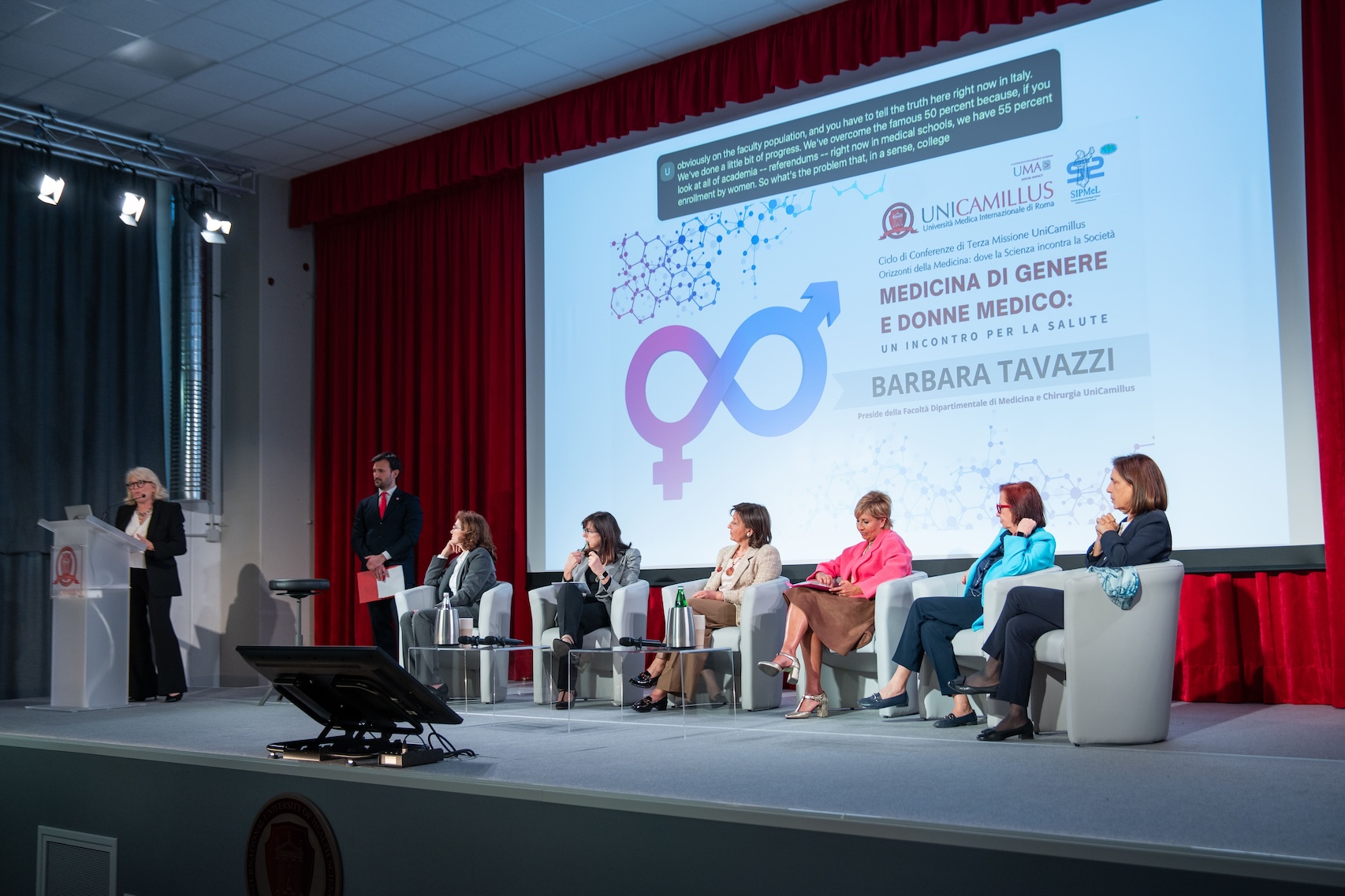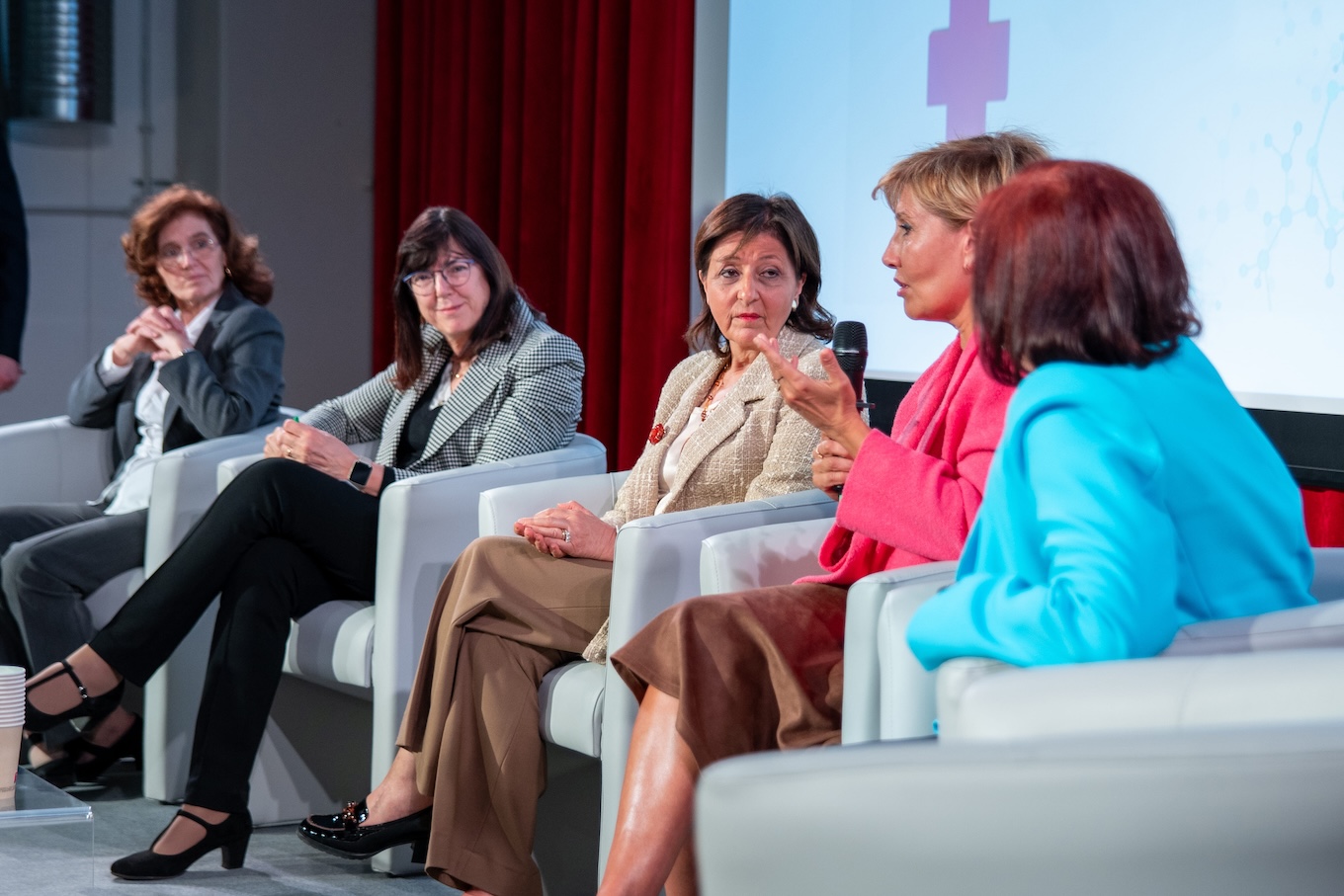Maria Elena Boschi: ‘More senior roles for women in healthcare’; Klinger: ‘Only 26% of dentists are women’; Moretti and Callà: ‘Diagnostic screening often favours the male model’; Faroni: ‘Let personalised medicine not be the preserve of the rich’
‘Gender Medicine and Women Physicians’: this was the theme of the fifth meeting in the UniCamillus University ‘s ‘Horizons of Medicine’ series of conferences, which featured talks by female speakers involved in medicine, research and health management.
The guest of honour at the event was Maria Elena Boschi, member of the Chamber of Deputies and Vice-President of the Parliamentary Commission for the General Direction and Supervision of Radio and Television Services. Mrs Boschi, introduced by the Rector, Gianni Profita, gave a brief excursus on the birth of gender medicine, an expression first used in 1991 by cardiologist Bernardine Healy, who published an article in the New England Journal of Medicine denouncing the discrimination against women in the management of cardiovascular diseases.
For Boschi, in order for women’s rights to be affirmed in the health sector too, there must be more women physicians: “When women have leading roles, sensitivity to women’s issues changes the agenda, be it medical, political or legal”. These words make it clear how gender medicine does not only embrace a concept of women as patients, but also as health professionals who can support a cultural change, which relates to broader gender equity in the health sector.
Women physicians: low numbers in major roles
When it comes to careers in science, the gap widens as the role becomes more prominent. “The UniCamillus student population is very balanced”, says Francesca Gioia Klinger, Head of MSc Dentistry and Dental Prosthetics at UniCamillus, “but the situation changes in the world of work: in Italy only 26% of dentists are women“.
The situation is no different in academic careers. “Only 27% of full professors are women“, adds Barbara Tavazzi, Head of MSc Medicine and Surgery, “and only 12% of university rectors are women“.
The numbers are similar in research, as highlighted by Adriana Albini, scientific collaborator at the IEO and coordinator of the Top Italian Women Scientists of Fondazione ONDA – Osservatorio di Salute e di Genere (Health and Gender Observatory). Albini states that “women who produce publications in the field of scientific research and who get the chance to be mentioned for this merit are less than 20%. We need to close this gap and overcome these barriers”.
Nevertheless, women physicians are often preferred over their male colleagues. “According to a study published in JAMA in 2002, the best results in terms of empathic communication with the patient, exhaustiveness of answers, and management of symptoms are achieved by female physicians”. These are the words of Antonella Ciabattoni, UniCamillus lecturer on the BSc Radiology, Diagnostic Imaging and Radiotherapy Techniques, as well as Director of the Operations Unit of Radiotherapy at the S. Filippo Neri Hospital in Rome. “Often, a female physician is more punctual in her answers, more intuitive with respect to the patient’s needs, and spends more time on the examination”.
Women patients: gender stereotypes still too common
Speaking instead of women as patients, there are many dynamics for which gender becomes crucial in terms of prevention, diagnosis and treatment. “Cancer of the rectum, for example, expresses itself differently in men and women”, explains Anna Maria Moretti, President of the International Society of Gender Medicine (IGM). “While in women it is mainly localised in the ascending colon with stenosing characteristics, in men it manifests itself in the descending colon with bleeding. It goes without saying that the fecal occult blood test, the diagnostic method par excellence, is more indicative for men”. Again, osteoporosis is thought to be a typically female problem, in fact “there are LEAs that provide women with access to bone densitometry, yet in men the outcome of osteoporotic disease is more frequently fatal”.
Gender stereotypes in diseases are also present in the field of cardiology. Myocardial infarction is more easily attributed to men, “and a marker of cardiac damage are the levels of troponin in the blood, which differ between women and men”, emphasises Cinzia Anna Maria Callà, Deputy Coordinator of the SIPMeL Gender Medicine study group and President of the Rome section of Ephemeris (Italian Association of Women Physicians). “Yet women are more prone to heart disease during pregnancy, but they are not aware of it, and so they run the risk of not undertaking good prevention in such a delicate period of their lives”.
Awareness needed at an institutional level
It is precisely on awareness that Donatella Padua, UniCamillus Third Mission Delegate and lecturer in Sociology, focuses her attention. “Women have different conditions from men, they respond differently to drugs. But very few of them are aware of this”.
However, this awareness also needs to be present at the political and institutional level, as stated by Jessica Veronica Faroni, Medical Manager of the Italian Neurotraumatology Institute Group (INI) and Member of the Association for the Coordination of Private Hospitals (ACOP).
Paying attention to differences requires more visiting time, time that is not adequately remunerated in the public sector, thus often having recourse to private healthcare, and running the risk that “personalised medicine may become the preserve of the rich”.
A conciliatory and balanced position was taken by Antonella Vezzani, National President of the Italian Association of Women Physicians (AIDM): “For a truly effective medicine there is a need for both components, male and female, especially at the highest level. It is important to help women grow in leadership skills because this can make the top positions in the healthcare sector stronger and more balanced“.
Enthusiastic about the success of the meeting, Rector Gianni Profita said: “This event reflects our commitment to diversity and inclusion in the healthcare sector, and to promoting a more equitable and gender-sensitive medical practice, ensuring, as always, the centrality of the patient”.

